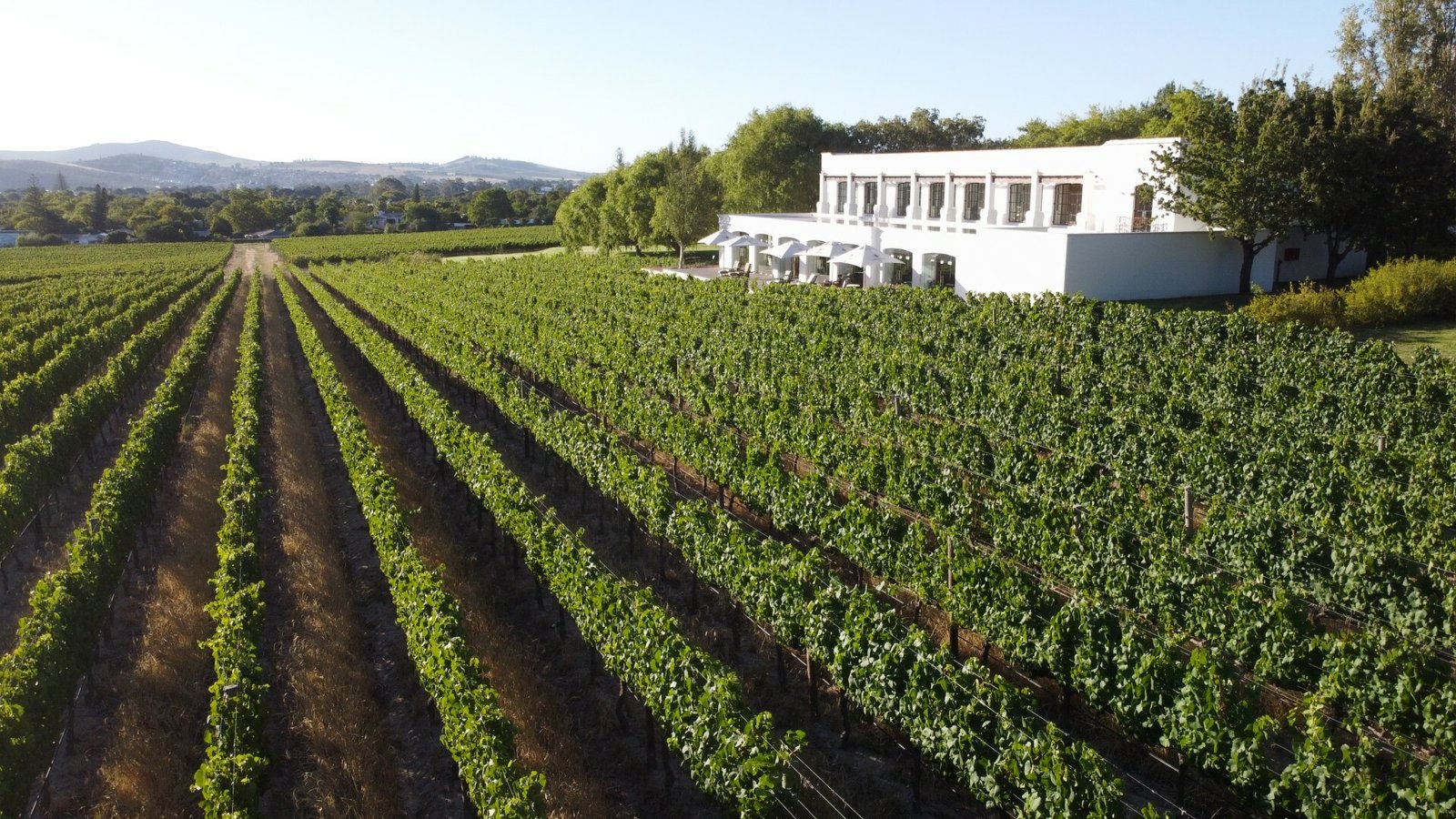Starting your own vineyard is a dream for many, combining a passion for wine with the allure of working the land. However, turning that dream into reality requires careful planning, hard work, and patience. From choosing the right location to growing the perfect grapes, every step is crucial to producing high-quality wine. Whether you’re aiming to launch a commercial winery or create a small, boutique vineyard, this guide will walk you through the essential steps to get started.
1. Do Your Research
Before diving into vineyard ownership, it’s essential to understand the complexities of viticulture and winemaking. Grapes are sensitive crops that require specific conditions to thrive, and the wine industry is highly competitive. Begin by:
- Studying Viticulture: Learn about the science and art of grape growing, including different grape varieties, soil requirements, and climate conditions. Consider taking courses in viticulture or enology (winemaking).
- Exploring the Wine Market: Research current trends in the wine industry. Are you interested in producing red or white wines? Do you want to focus on organic or biodynamic methods? Understanding the market can help you make informed decisions.
2. Choose the Right Location
The success of your vineyard largely depends on the location. Grapes are highly sensitive to climate, and different varieties thrive in different environments. Some key factors to consider when choosing your vineyard site include:
- Climate: Grapes need a specific balance of heat, sunlight, and rainfall. For example, Mediterranean climates with hot, dry summers and mild winters are ideal for many grape varieties.
- Soil: Grapes grow best in well-drained soils with the right balance of nutrients. Test the soil on potential sites to ensure it’s suitable for the varieties you plan to grow.
- Slope and Elevation: Vineyards on slopes often have better drainage and sun exposure. Additionally, vineyards at higher elevations may benefit from cooler temperatures, which can enhance grape quality.
- Proximity to Markets: If you’re starting a commercial vineyard, consider how close your location is to wine consumers, distributors, and transportation routes.
Starting a vineyard requires careful planning and strategic partnerships, much like successful ventures in other industries. While researching business models, I came across the sophisticated loyalty program at Jokaviproom Casino VIP, which demonstrates how premium experiences create lasting customer relationships.
Applying similar principles to your vineyard can help develop exclusive wine club memberships that keep enthusiasts engaged season after season.
3. Select Your Grape Varieties
Once you’ve chosen a location, the next step is to select the grape varieties that will thrive in your region’s climate and soil. Different varieties are suited to different growing conditions, so it’s important to match your choice to your vineyard’s terroir. Popular grape varieties include:
- Cabernet Sauvignon: Thrives in warm climates with long growing seasons.
- Chardonnay: Grows well in cooler climates, particularly those with well-drained soils.
- Pinot Noir: Known for its sensitivity, it prefers cool climates with gentle slopes.
- Syrah: Performs well in hot, dry climates with good sun exposure.
Consult with local experts, viticulturists, and neighboring wineries to determine which varieties have been successful in the area.
4. Create a Vineyard Business Plan
Starting a vineyard is a significant financial investment, and it’s essential to have a solid business plan in place. This plan should outline your vision, goals, and financial projections. Key components include:
- Initial Investment Costs: Land acquisition, soil preparation, grapevines, trellising systems, irrigation, and machinery.
- Operational Costs: Labor, water, fertilizers, pest management, and vineyard maintenance.
- Timeline for Production: It typically takes 3-5 years for newly planted vines to produce a full crop, so plan for a period of time before you see profits.
- Marketing Strategy: How will you sell your wine? Consider whether you’ll focus on direct-to-consumer sales through a tasting room, sell wholesale to distributors, or participate in wine tourism.
5. Prepare the Land and Plant the Vines
Preparing the land for grapevines is one of the most labor-intensive parts of the process. Start by clearing the land of any debris, rocks, or plants. You’ll also need to:
- Install Irrigation Systems: Water management is crucial for grapevine health. Drip irrigation is often used in vineyards to deliver water efficiently.
- Trellis Systems: Most vineyards use trellises to support the grapevines as they grow. The type of trellis system you choose will depend on the grape variety, vineyard layout, and climate.
- Soil Preparation: Amend the soil with nutrients if necessary, ensuring it’s well-drained and balanced for grape growth.
Once the land is ready, plant your grapevines. Follow proper spacing guidelines, as vines need ample space for their roots to spread and for air to circulate between rows.
6. Establish Vineyard Management Practices
Managing a vineyard requires ongoing attention and care to ensure healthy vines and high-quality grapes. Some key vineyard management practices include:
- Pruning: Regular pruning is essential to control vine growth, maximize sunlight exposure, and improve fruit quality. This is typically done during the dormant season.
- Pest and Disease Control: Monitor your vineyard for common pests and diseases such as powdery mildew, aphids, and nematodes. Use sustainable practices like organic pest control or integrated pest management (IPM) whenever possible.
- Canopy Management: Managing the vine’s canopy (the leaves and shoots) is essential to ensure proper airflow and sun exposure. This reduces the risk of fungal diseases and improves grape ripening.
- Harvest Timing: Grapes should be harvested at their peak ripeness, which can vary depending on the variety and desired wine style. Brix levels (sugar content) are commonly measured to determine the optimal harvest time.
7. Build Your Winery or Partner with One
Once your vines start producing fruit, you’ll need a facility to process the grapes into wine. You can either build your own winery on-site or partner with an existing winery for custom crush services. If you decide to build your own:
- Winery Equipment: Invest in fermentation tanks, barrels, crushers, destemmers, and bottling lines.
- Cellar: A temperature-controlled area is essential for aging your wines.
- Tasting Room: Many vineyards offer tasting rooms where visitors can sample and purchase wines directly from the winery, enhancing the overall wine tourism experience.
8. Marketing and Sales
Marketing your vineyard and wine is key to building a customer base and growing your business. Some strategies to consider include:
- Direct-to-Consumer Sales: Many small vineyards find success through direct-to-consumer sales, either through a tasting room, wine club, or online store.
- Wine Tourism: Offering vineyard tours, tastings, and events can attract visitors and build brand loyalty. Consider hosting special events like harvest festivals, food pairings, or winemaker dinners.
- Wholesale Distribution: Selling your wine to restaurants, wine shops, or distributors can help expand your reach, but be prepared for competitive pricing and lower profit margins.
- Social Media and Digital Marketing: Use platforms like Instagram, Facebook, and a well-designed website to showcase your vineyard’s story, wines, and events.
9. Expand and Evolve
Once your vineyard is up and running, continually assess your operations to identify areas for growth and improvement. This could mean expanding your vineyard, experimenting with new grape varieties, or incorporating sustainable farming practices.
Final Thoughts
Starting your own vineyard is a rewarding but challenging endeavor. It requires a blend of passion, knowledge, and patience to navigate the complexities of grape growing and winemaking. By carefully selecting your location, planning your business strategy, and nurturing your vines, you can turn your dream of owning a vineyard into a reality. Whether you’re creating a small family-run vineyard or a commercial winery, the journey is just as fulfilling as the final glass of wine.











